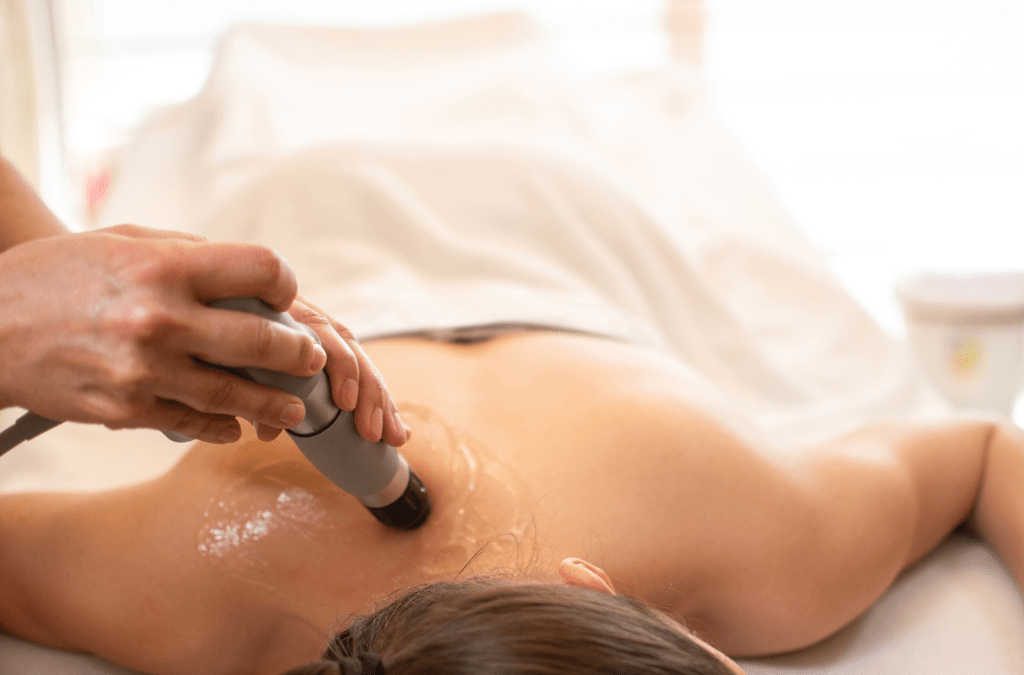Shockwave therapy is a promising treatment for those suffering from chronic pain, offering a non-invasive approach that sparks the body’s own healing mechanisms. But what does recovery look like? The journey to relief varies, and understanding the “Shockwave therapy recovery time” can set realistic expectations and prepare patients for the path ahead. This innovative approach harnesses acoustic waves to target affected areas, promoting faster healing and reducing discomfort. As patients navigate their recovery, knowing what to anticipate not only eases anxieties but also empowers them to actively participate in their healing process.
What Is Shockwave Therapy and How It Works
Shockwave therapy is not just another trend in the medical field; it’s a significant advancement in non-invasive treatment options for pain relief and tissue healing. This technique involves sending targeted acoustic waves into injured or painful areas of your body, setting off a series of biological responses that promote tissue repair and reduce pain.
Here’s why shockwave therapy is getting so much buzz:
- Pain Reduction: It’s known for its ability to ease chronic pain quickly and effectively.
- Mobility Enhancement: Patients often experience improved mobility as inflammation decreases and muscles relax.
- Accelerated Healing: The therapy boosts blood flow and cellular activity, speeding up the recovery from soft tissue injuries.
This is particularly effective for conditions like plantar fasciitis and tendinitis, offering a relief route that sidesteps the need for surgical interventions. What makes shockwave therapy stand out is its precision; it allows healthcare providers to target specific areas, ensuring that the healing energy reaches exactly where it’s needed most. This targeted method not only helps alleviate symptoms but also enhances your overall function, making it a standout choice for anyone looking to heal smarter, not harder.
Typical Recovery Time After Shockwave Therapy
When considering shockwave therapy, a common question is: “How long will recovery take?” While the response varies by individual, understanding the typical recovery timeline can greatly aid in setting expectations. The effects of shockwave therapy are somewhat immediate in terms of pain relief and mobility improvement, yet the biological healing process continues over weeks.
Immediate Post-Treatment Experience:
- Mild Discomfort or Swelling: Some patients might feel a temporary increase in discomfort or slight swelling, which typically subsides within a few days.
- Enhanced Mobility: Many experience an immediate improvement in mobility due to reduced pain.
Long-Term Recovery:
- Gradual Tissue Repair: The full benefits of shockwave therapy, such as tissue regeneration and reduced inflammation, might become more apparent over several weeks to months.
- Cumulative Benefits: Repeated sessions may be necessary to achieve optimal results, depending on the severity and duration of the condition.
Several factors can influence your recovery time, including the severity of your condition, the specific area treated, and your overall health. For instance, a younger individual with a mild tendon issue may recover faster than an older person with a chronic condition. Following your healthcare provider’s guidance on post-treatment care, like “recovery tips for shockwave therapy,” can significantly enhance your healing process, ensuring you get back to your daily activities quicker and with less pain. This personalized approach not only aids in faster recovery but also helps maintain the improvements achieved through therapy.
Tips to Optimize Your Shockwave Therapy Recovery
To maximize the benefits of shockwave therapy and speed up your recovery, incorporating certain practices into your routine is essential. These tips not only support your body’s healing process but also enhance the overall effectiveness of the treatment.
Key Recovery Tips:
- Rest and Protect: Give your body the downtime it needs immediately following treatment to avoid aggravating the treated area.
- Hydration and Nutrition: Drink plenty of water and eat a balanced diet rich in vitamins and minerals to fuel your body’s repair mechanisms.
- Follow-Up Care: Adhere strictly to any follow-up care or exercises recommended by your healthcare provider.
Complementary Therapies:
- Physical Therapy: Integrating physical therapy can help reinforce the benefits of shockwave therapy, improving strength and mobility in the treated area.
- Heat and Ice: Applying heat or ice as advised by your therapist can help manage any residual pain or swelling.
Paying attention to these recovery tips can significantly influence your healing trajectory and improve your long-term outcomes. Personalized care routines, designed in consultation with healthcare professionals, ensure that the recovery process is not only effective but also tailored to meet your specific health needs. Engaging in a proactive recovery plan empowers you to return to your daily activities with confidence and comfort.
Maximizing Benefits with Shockwave Therapy
Shockwave therapy stands out in the bustling cities of San Francisco and surrounding areas as a top-tier, non-invasive solution for chronic pain and rehabilitation. By embracing this advanced therapy, patients experience significant improvements in pain management and tissue healing. If you’re ready to take control of your health and expedite your recovery, it’s time to make use of the power of this modern treatment. Don’t let pain hold you back from enjoying life to its fullest, join countless others who have found relief through shockwave therapy. Ready to start your journey toward recovery? Book your appointment with us today at Avid Sports Medicine and take the first step towards a pain-free life.

